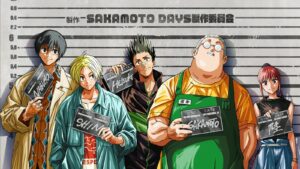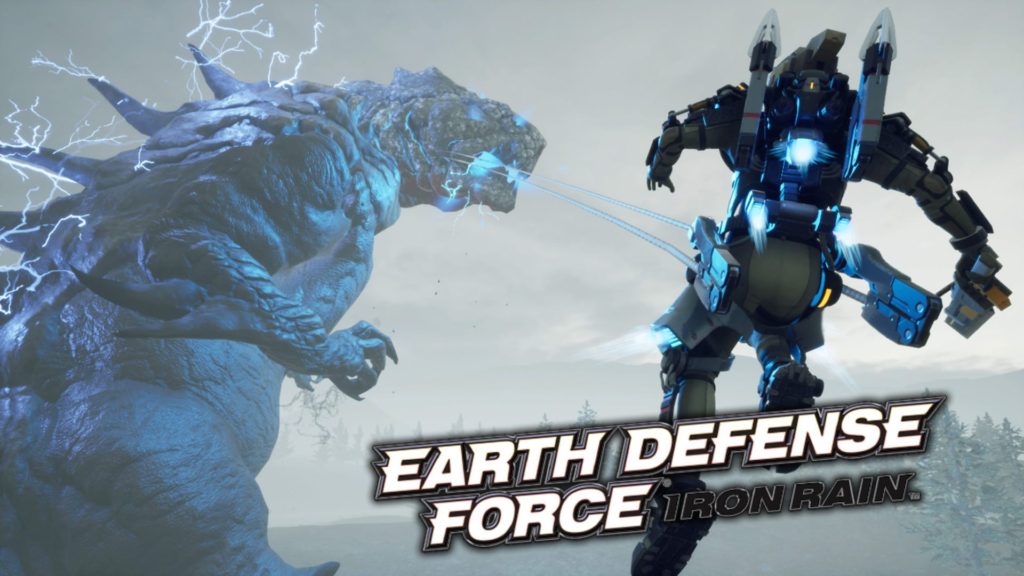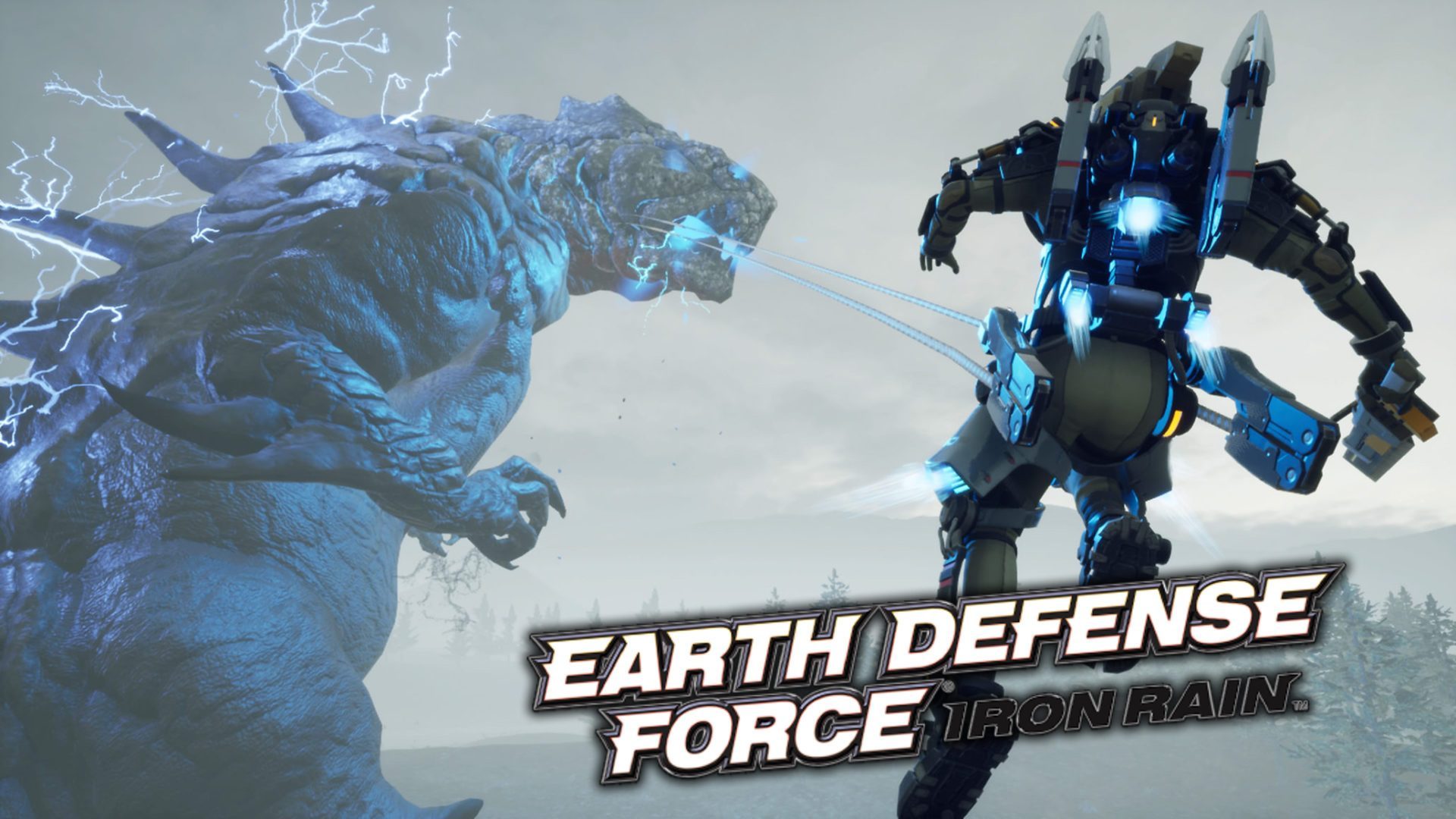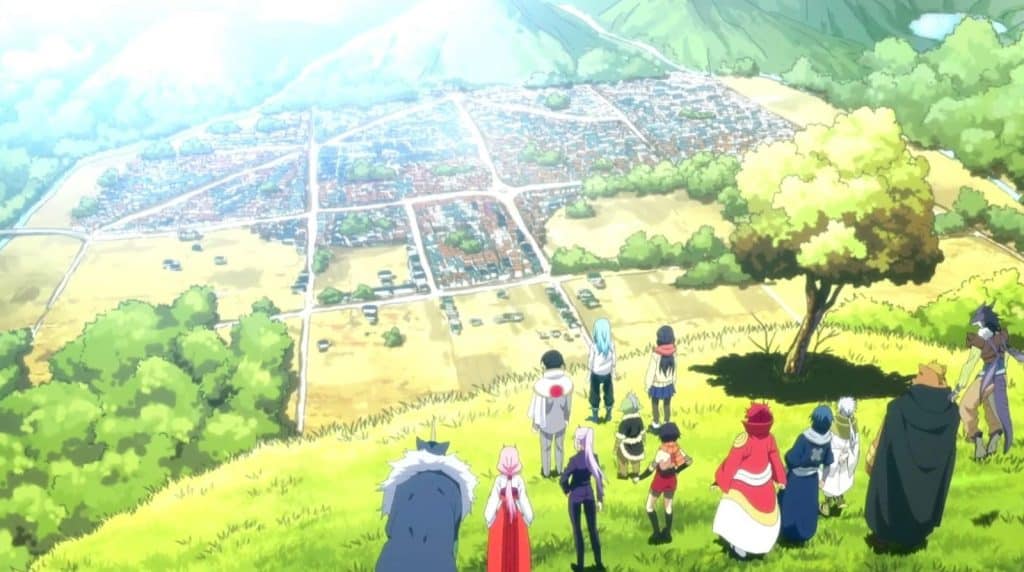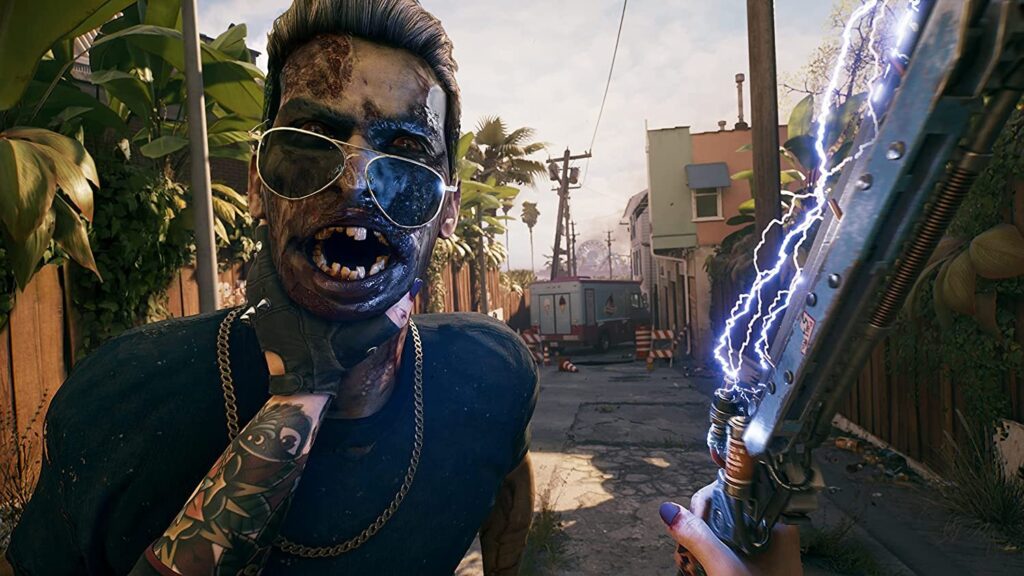A hostile alien force is slowly pushing humanity to the brink of extinction. Dubbed the “Aggressors”, these aliens use genetically modified species found on Earth and twists in such that they become weapons bent on killing humankind. During the height of the conflict, humans developed many weapons to combat the threat – particularly Exo suits called PA Gear. With PA Gear, soldiers on the battlefield fight longer and survive attacks that could kill normal men in an instant. But this alone is still not enough to repel the invaders.
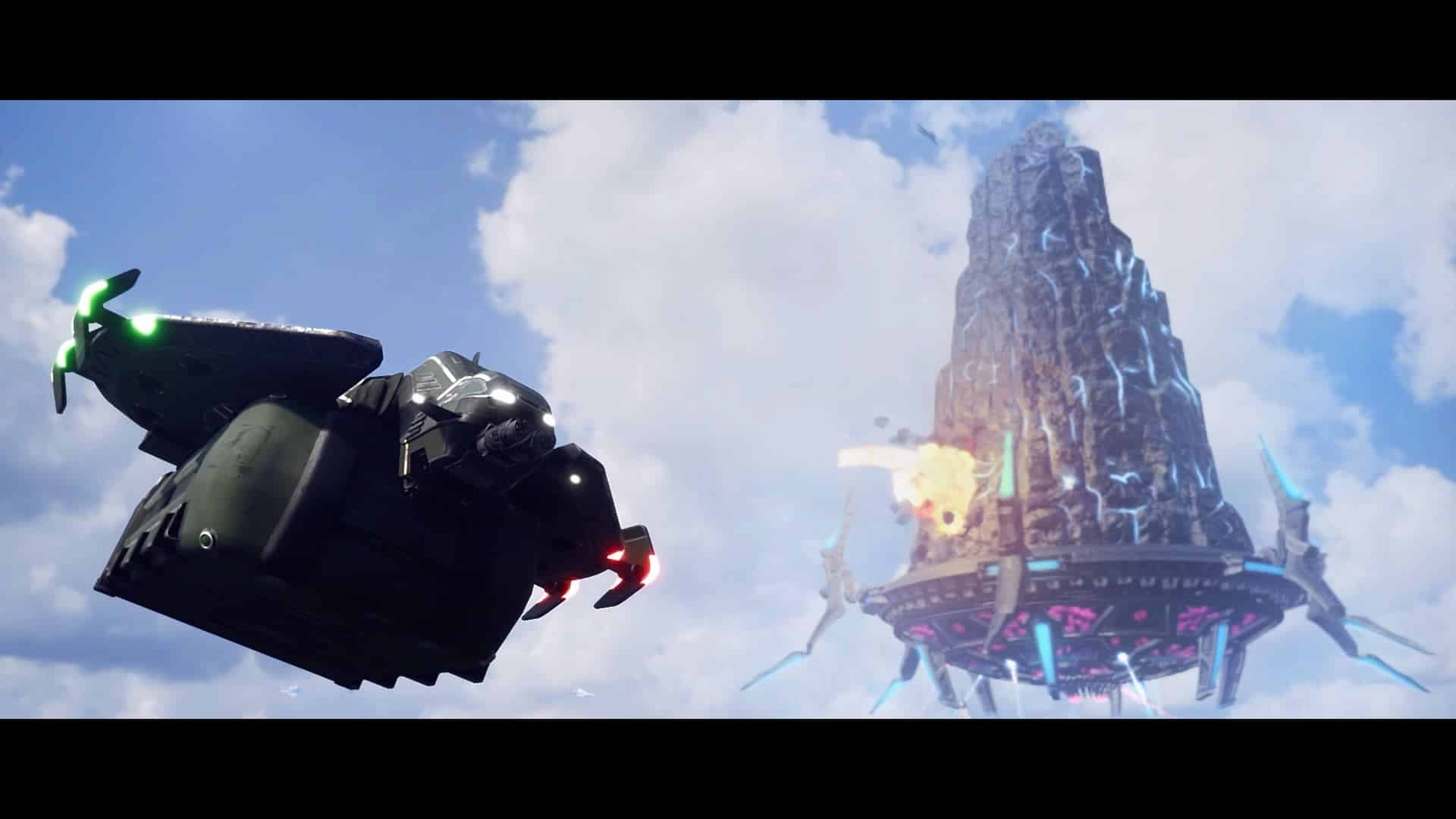
The Year is 2040. 7 years after the doomed Operation: Red Sprite. Players take control of the sole survivor and hero of the battle, “Closer”. As the last remaining member of the experimental team, you are equipped with a unique core capable of using Overdrive. Not long after your recovery, you find yourself in the front lines once again alongside the anti-Aggressor team, Blast Squad.
Earth Defense Force: Iron Rain is a third person action game with plenty of oversized enemies and equally oversized guns tailored made to combat them. Players use an assortment of specialized gear to take down giant creatures and their alien masters. Though a multiplayer game at its core, this entry in the series caters to both single player and multiplayer alike.
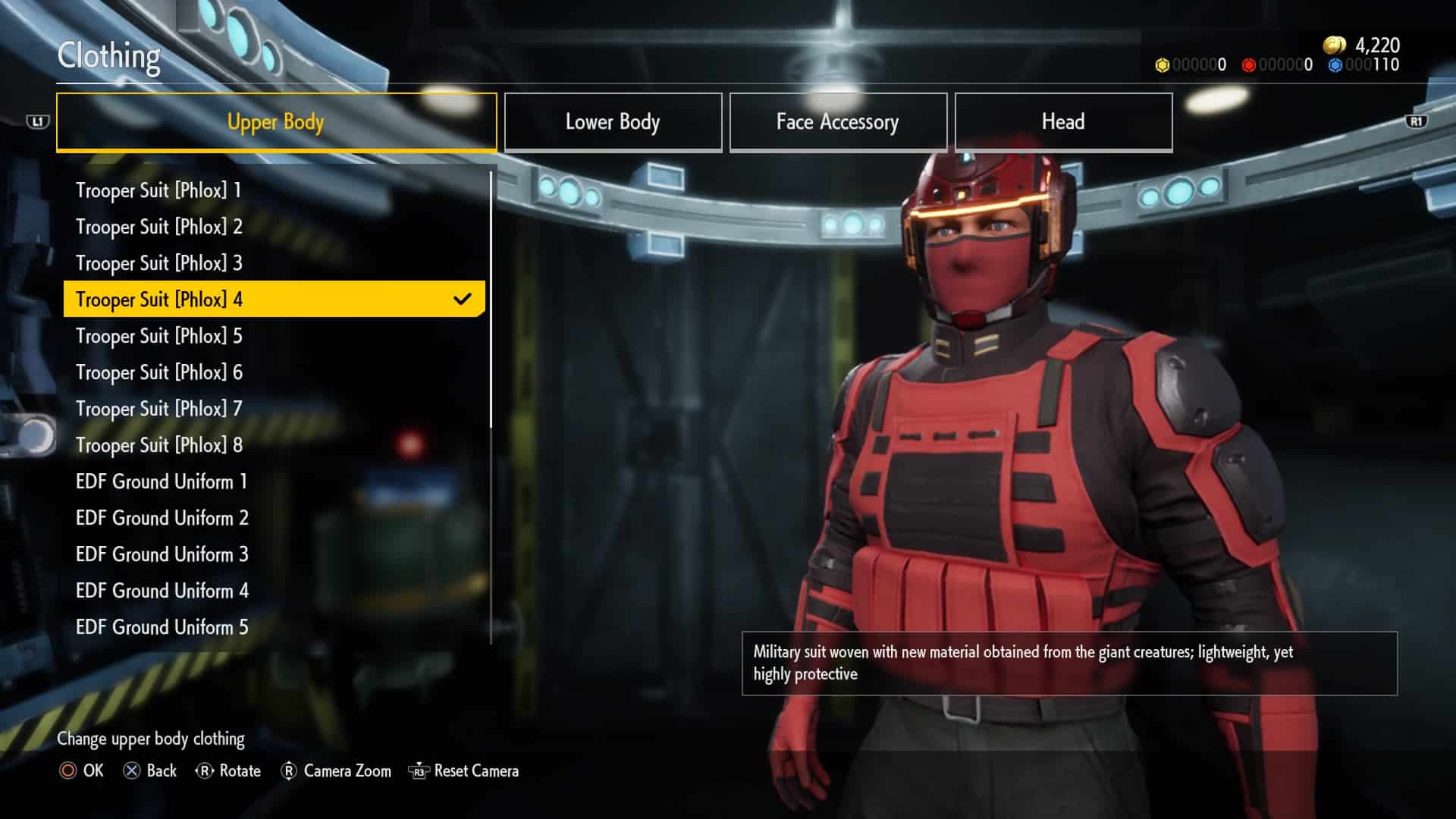
At the start of the game, players can customize their avatar’s appearance and clothing. More cosmetic items are unlocked by completing missions under a certain difficulty or finding lost recon drones. Recon drones are just about the only collectible on the map and finding them may unlock some nice cosmetics or a new weapon blueprint. Some cosmetics require the player to buy a certain number of other cosmetics to unlock them. Looking good comes at a price.
All PA-Gear have an energy move that consumes energy over time and an Overdrive that the player can use once per mission, without the aid of items. Overdrive exceeds the limit of suits, allowing for faster reloading and unlimited use of energy moves in a short period of time. The only exception to this is the Prowl Rider PA-Gear that summons a friendly giant creature that the player can control for a short bit.
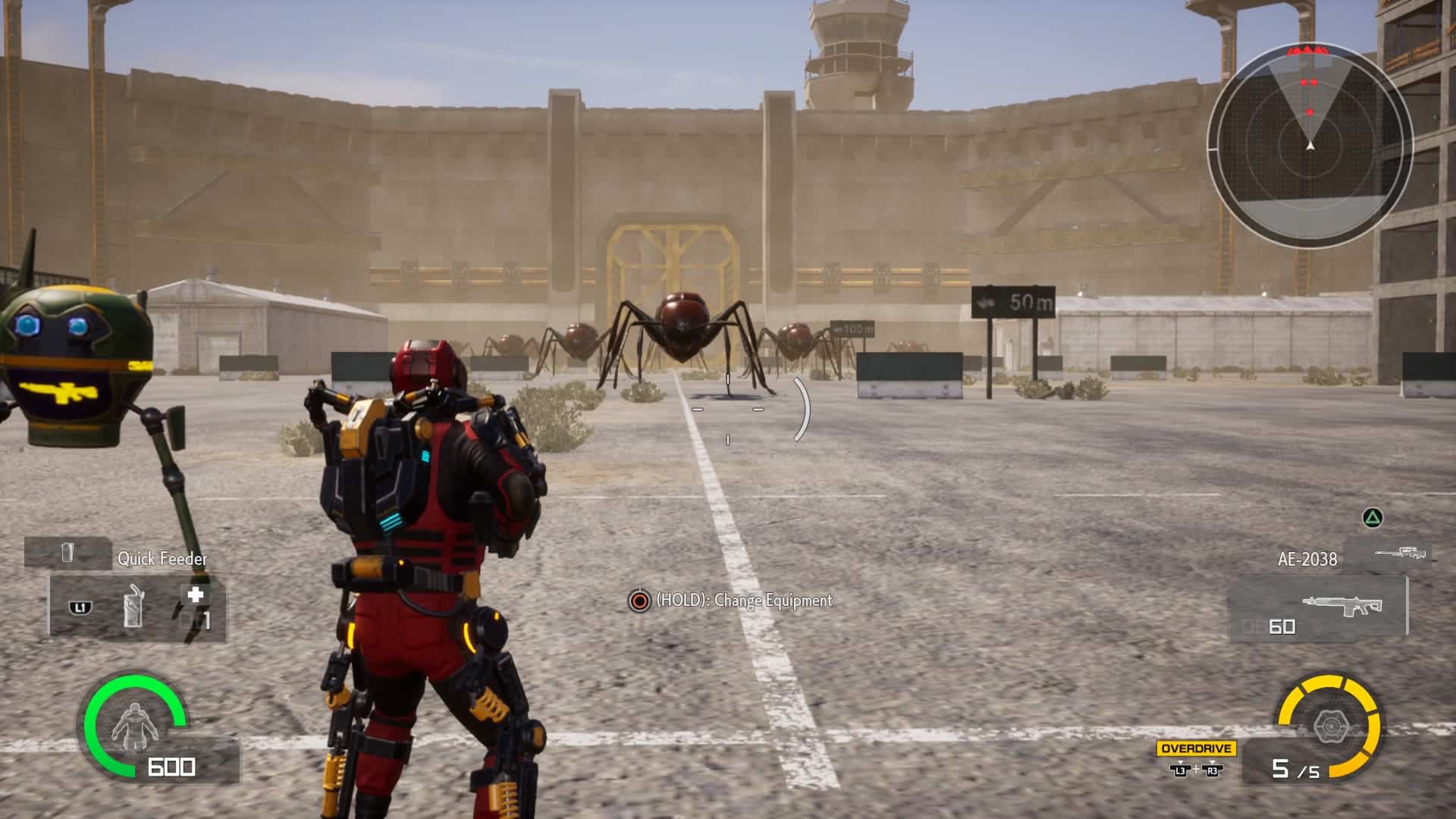
The first class everyone goes through is the basic Trooper PA-Gear. The gear itself boasts decent defenses and comes with the ability to dodge on command. What it lacks in both offense and defense, it makes up for item storage. The Trooper class can carry the most items in the game, making him an essential part of any team looking to utilize turrets and grenades.
The second class is the Jet Lifter. This gear allows its users to take flight for a limited amount of time. Useful for scouting around the map and creating air strikes. It is worth noting that in order to achieve flight, the armor had to reduced to accommodate the flight unit. Soldiers may want to avoid damage as much as possible, especially when the overusing the boosters leaves them vulnerable to enemy attacks.
The first class unlockable class of the game, the Heavy Striker is a powerful unit that allows its users to dual wield weapons and comes equipped with an energy shield. A second energy move, the E-Thruster, is required to make the Heavy Striker remotely viable in combat. Due to its powerful offensive and defensive capabilities, it suffers from slow movements and longer reload times.
The second unlockable class, and arguably the most difficult to use, is the Prowl Rider. It relies on the E-Needle ability to attach to walls to elevate the player to even greater heights. The E-Needle itself, though a fast way to get around the map, is often difficult to control and will very likely endanger the life its user at the slightest mistake.
Pressing square in the main deploy screen opens up the Preset window. There, the player can store up to 9 at a time. Changes made within the deploy screen are saved in the current preset. Everything including weapon loadouts, gear selection, cosmetics, and even the gender of the soldier is saved in each preset.
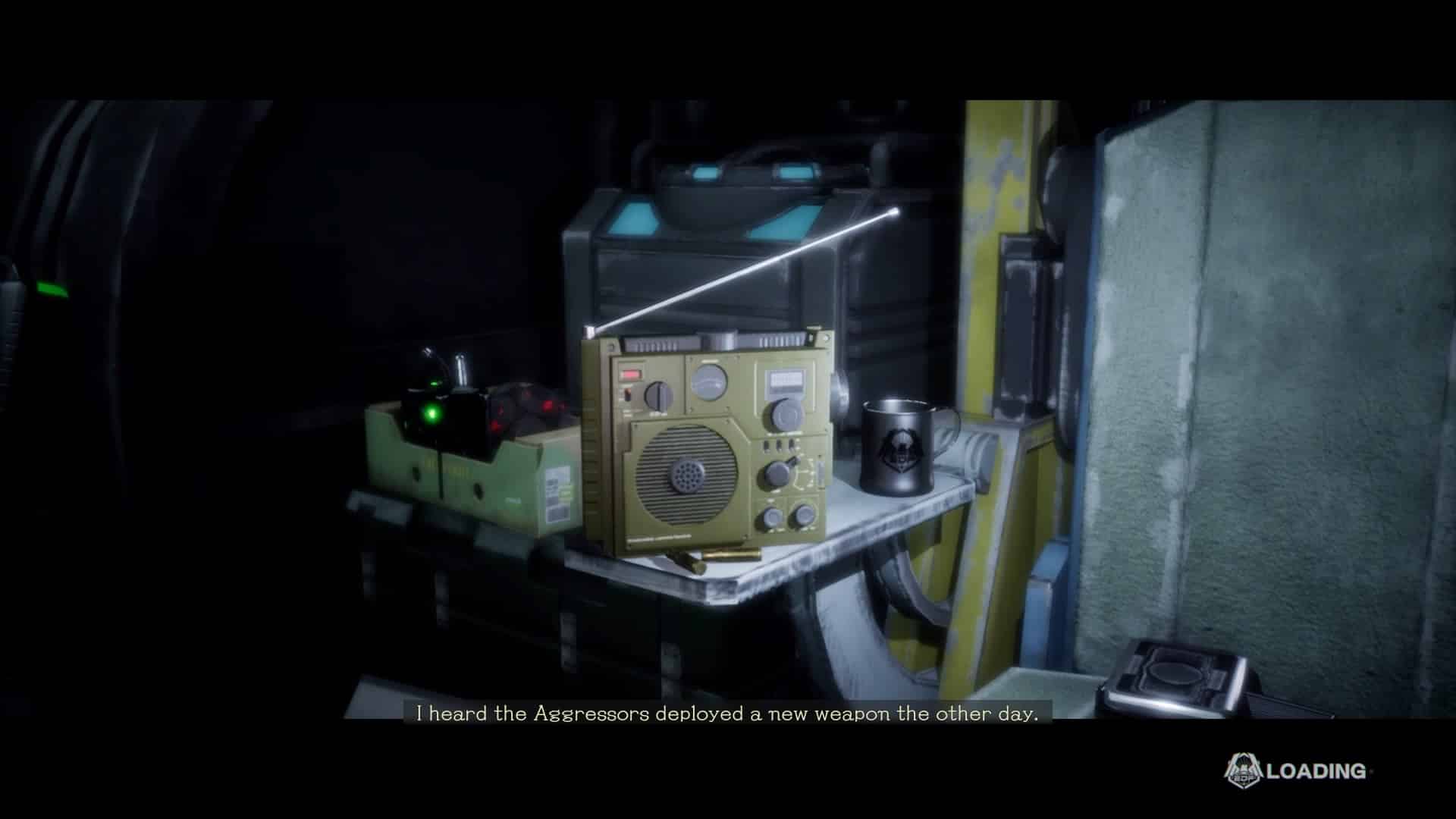
There are a total of 51 missions in the game. Each mission takes the squad to different locations such as subterranean complexes, urban areas, forests, and deserts. Each mission ends when the objective is complete. The best part of the missions, in my opinion, are the moments when the squadmates talk to each other. Their banter serves a break in between the endless waves of enemy swarms. At the end of the mission, the squad listens in to radio broadcasts telling us the current state of affairs and the occasional rally for the troops.
Weapons in the game range from your typical assortment of assault rifles, shotguns, and sniper rifles. They are good against most enemies, minus the armored giants. To punch a hole against anything with armor, the player may need to have something in the design of energy weapons. Weapons like railguns, satellite weapons, and laser cannons fall under that category.
Lasers typically do not cause explosions, that is the job of the explosive ordinances. Weapons that full under this category are rocket launchers, missile launchers, and grenade launchers. These weapons are good against large groups of insects. Unfortunately, against alien armor, even explosive shells see limited use.
The last weapon categories of note are more specialist in nature. Ones that are extremely powerful in certain situations. Weapons such as the slow to warm up Minigun, the close range Sword, and the energy throwers. The weakness of both the minigun and the sword are obvious. The energy thrower’s, not so much. The strength of the energy thrower is its ability to churn out consistent DPS. A flamethrower in nature, the weapons of this category lack the knockback power necessary to keep enemies at bay. Leaving the user vulnerable to enemy charges.
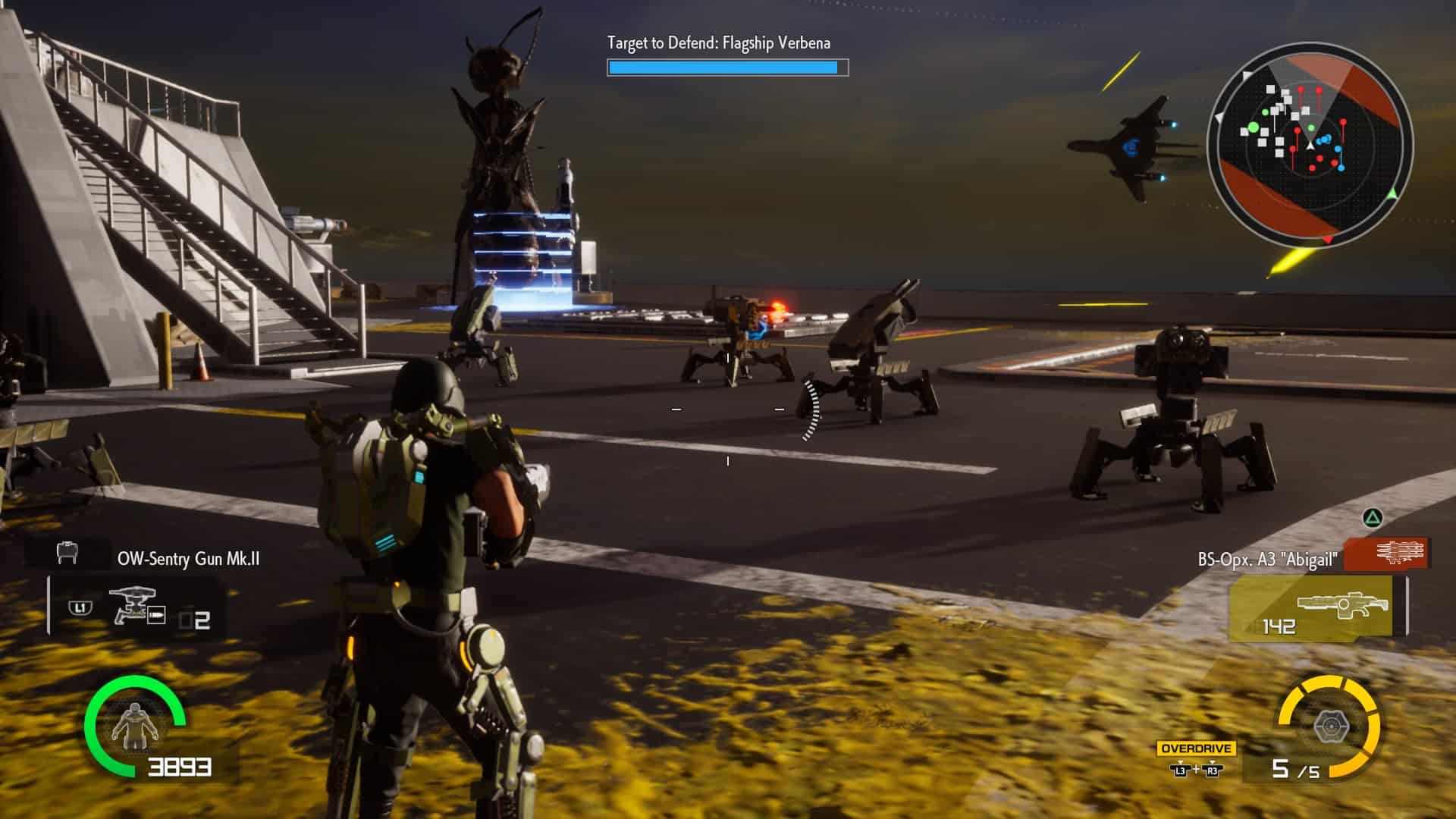
Support items are limited use gadgets that provide immediate benefits to the field. Support items usually include balloon dummies that draw enemy aggro away from the team. As well as dropping AoE support devices for a wide range of buffs. Recovery devices either recover over time or burst heal for a good chunk of health. They are different from resurrect devices that are only useful in multiplayer mode. Field support items call airdrops and long range off the map attacks Weight plays a huge part in choosing a support line up because of the weight limit in each PA gear.
Grenades and trap weapons hurt enemies directly. The many flavors of grenades do everything from doing direct damage to slowing enemies down. Mines and turrets fall under the Trap Weapon category. A field full of mines and turrets will prove difficult for any horde of ants to break through. When mines and turrets fail, calling in a vehicle will turn the tide of battle. Keep note that players need to ride the vehicle in order to make use of them.
Using support items costs money. The cost per use of support item is deducted from the player’s earnings at the end of the mission.
The most common form of enemies are of the giant insect kind. Hordes of storm ants cover the screen as they try to get close in an attempt to run down EDF. If that’s not bad enough, they have this mid-range acid attack that does a lot of damage on contact. There are other kind of bug types out there but it’s best to let players find out for themselves. Other enemies come in the form of giant mechs and a human resistance that try to steal the EDF’s resources.
Sometimes enemies drop energy gems when they are killed. Depending on their type, they will drop either red, blue, or yellow gems. Players need these gems to buy new weapons and support items in addition to the money that they need. Some high-end gear will require a lot of gems and money to buy. So, expect to repeat missions multiple times until there are enough resources to buy them.
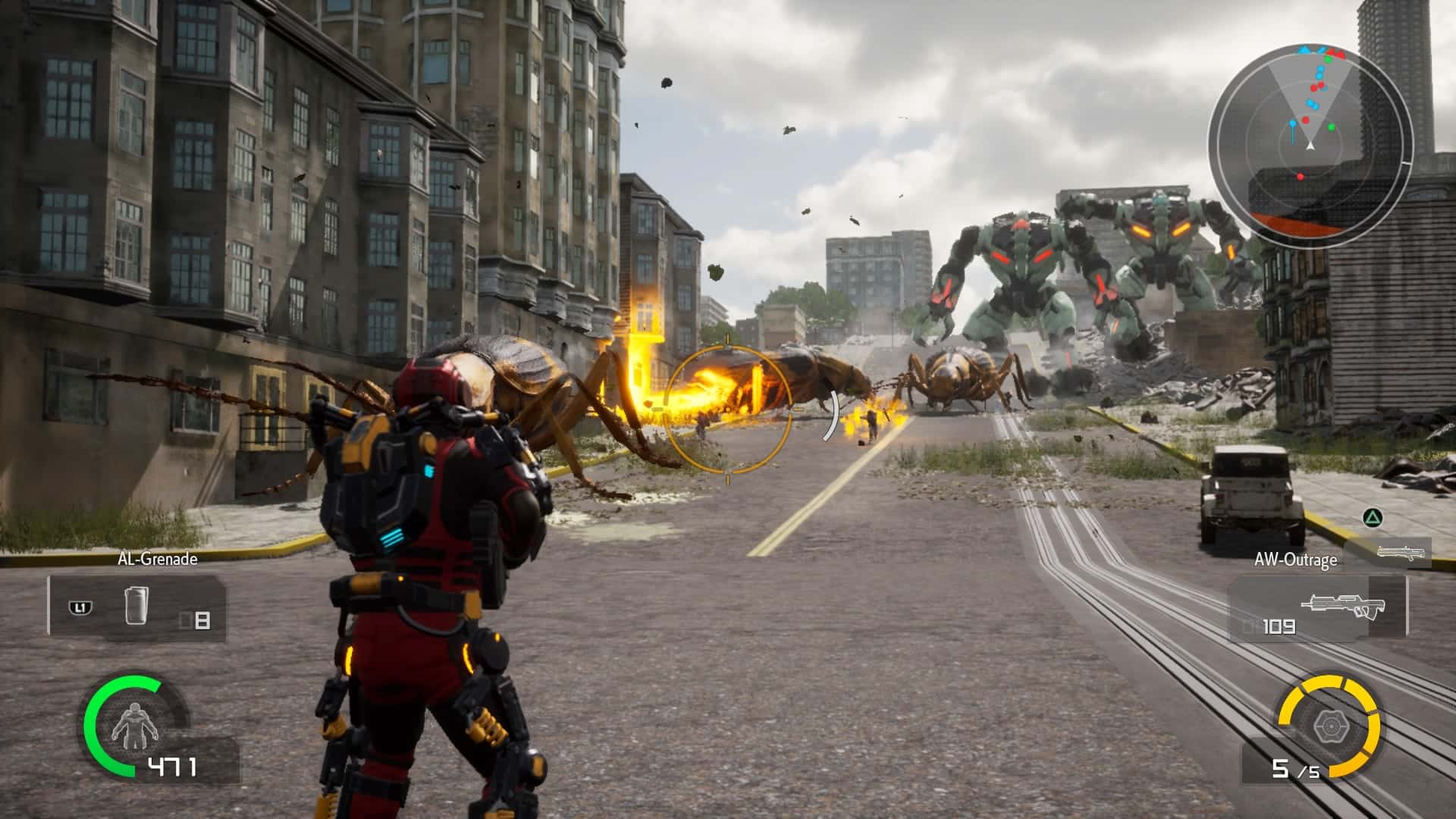
The visuals of the game are a step up from games past. More importantly, recent patches have improved the overall performance of the game. In the early days of the game, a huge horde of ants and explosions will cause the game to drop frames and slow down. The game right now is more performant than ever before. The audio of the game also benefits from recent patches. Explosions that once flooded our headphones are toned down for the sake of comfort. The sound layering also seems to have been improved to the point that most sound sources are pinpoint accurate.
There are 5 difficulties currently in the game – easy, normal, hard, and hardest. The disaster difficulty is unlocked after finishing the game once. The highest difficulty accomplished determines the blueprints acquired after the mission. The differences between 2 difficulties like normal and hardest do not seem to affect the overall gains of money and gems.
EDF: Iron Rain is such a far cry from the PS3 titles of the past. Back in the day, players used to scramble around the map looking for weapon creates that unlock random weapons. The joy of such is akin to loot boxes of the present day. But with the effort of repeating missions instead of spending actual money. In the current game, players go around the map gathering gems. At the end of each mission, the whole team gets 30 seconds to collect as many gems as possible before returning to base.
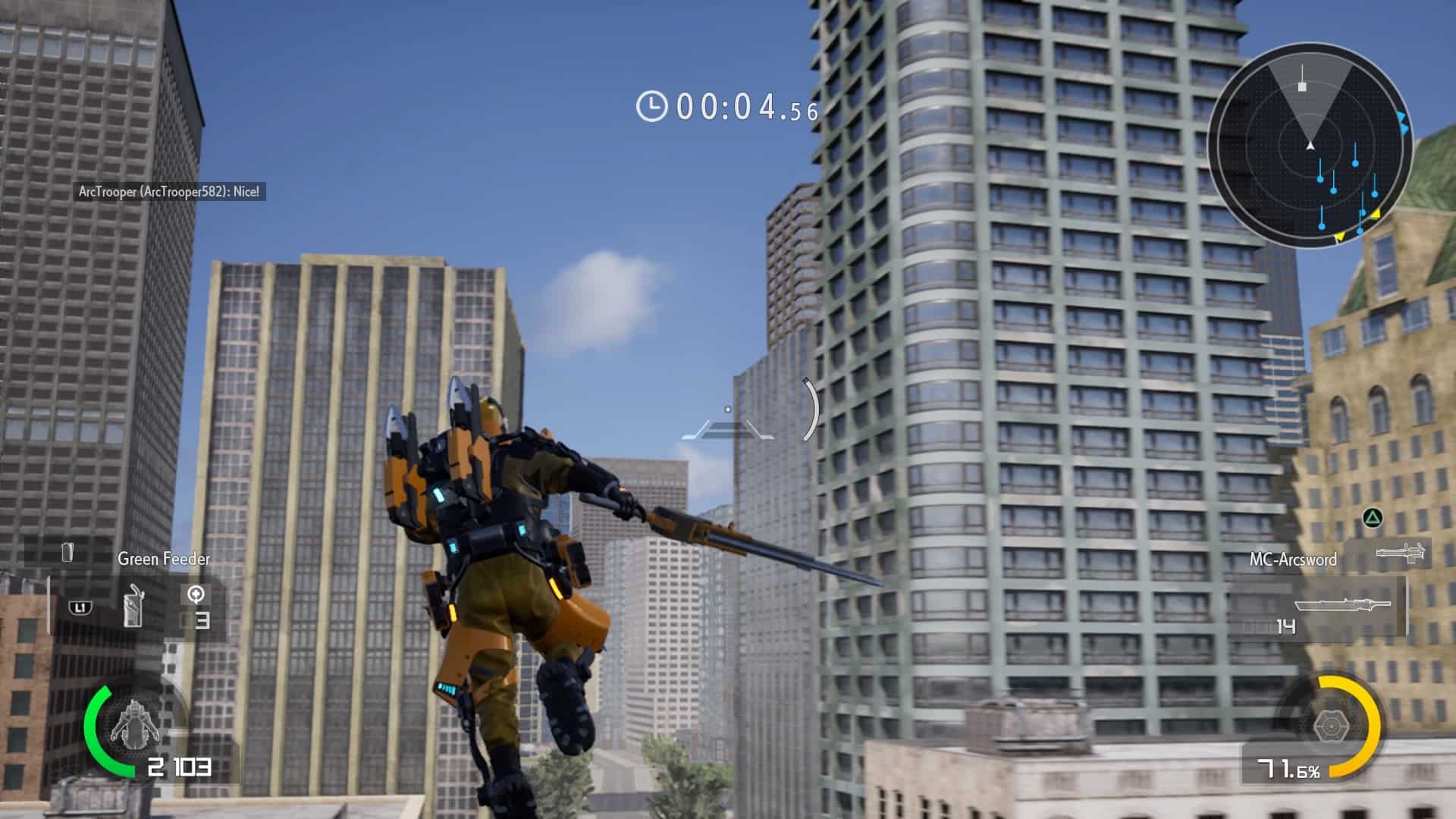
Weapon types are more specialized than ever in the current game. Getting a Rank B weapon takes a lot more effort to acquire compared to a Rank E or D weapon. Weapons used to drop like candy in the old games but these days, it’ll take a bit of effort to build up a collection of weapons of note.
The most notable change to the series comes in the engagement of the story mode. The story mode in Iron Rain is more grounded in reality. There is a definite arc that sees the team go from defensive missions to taking down the main alien force. For comparison, past games feel like one of those independent movies that go for pure shock factor rather than telling a story.
EDF games are not known for their depth of gameplay. They are over-the-top shooters that are very fun for a certain kind of audience. It’s definitely not for everyone. The overly cumbersome mechanics do not resonate well in modern gaming. The fact that players need to go around the map, collecting gems is a testament to this. It is the opinion of this reviewer that EDF: Iron Rain is a game that tries to reinvent itself, and yet somehow fails to remove the parts that truly hold it back from changing. The more grounded approach is a noteworthy change, but the execution of it is flawed.
Some guns feel underwhelming despite how much they cost to acquire them in the first place. Players can spend an hour gathering resources for an interesting weapon system, only to find out that the system is better suited for specific engagements. If you don’t mind sitting through a long weekend to finish this game, this may the game for you. For others looking for a deep and enriching experience, you may want to look elsewhere.
EDF is probably never going to reach the heights of the mainstream, and that’s all right. It trying to be different from other games is exactly what makes it appealing to certain gamers. For the time being, being aware of its strengths and weaknesses are good enough for now.
Disclosure: This review is based on a review code provided by Sony Interactive Entertainment. Read our review policy to know how we go with our game reviews.
Tested on: PS4
